Primark and Aldi both had great years, with soaring sales for one and rising marketing share for the other.
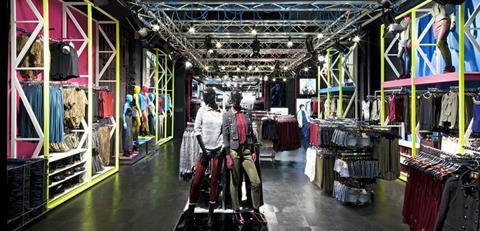
Primark has had a good time of it for several years, and 2013 was no exception.
In November it reported rocketing profits after an “outstanding” year. Adjusted operating profits rose by 44% to £514m in the year to September. The retailer’s sales climbed 22% to £4.27bn, driven by new space and like-for-like growth of 5%.
Following 16 store openings in the year, including the opening of a second Oxford Street shop, the retailer’s estate stood at 257. Its international growth continued unabated, with strong trading in northern Europe. Its first French store is due to open this month.
The year was blighted by the Bangladesh factory tragedy. But the retailer did respond quickly - it was the first to offer compensation to the victims’ families, it took the lead in dealing with the issues that need to be addressed, and it was vocal about retailers’ need to accept responsibility for their supply chains.
German grocer Aldi has been in the UK since 1990, but it’s only more recently that its class-defying proposition has made the big four grocers watch it warily. In October, figures from analyst Verdict revealed just how much market share the grocer is gobbling up, mostly from the big four – 36.6% of shoppers who switched to Aldi in the last year came from Tesco.
Nielsen data released in October showed Aldi’s sales rose 30% year on year in the 12 weeks to October 12. It also held 4.3% market share.
A combination of cash-strapped shoppers, unique and quality products, low prices and snappy advertising has sparked Britain’s love affair with Aldi in the past year in particular.
Aldi’s big achievement is its new-found ability to attract shoppers from across the socioeconomic divide – it has somehow appealed to Asda’s price-conscious consumers and Waitrose’s middle-class foodies in equal measure. But it’s not just that – in the last year the German discounter has moved from being a top-up destination to a serious contender for the weekly shop. It is clear that cost-conscious consumption is here to stay.





















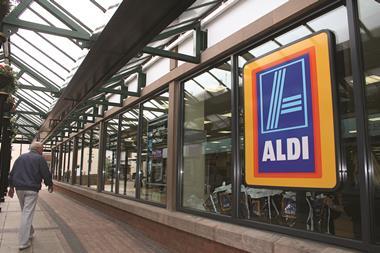
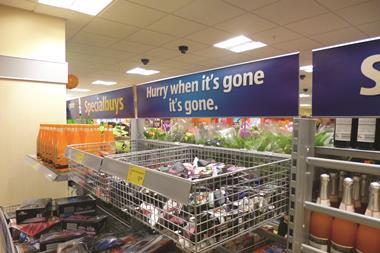
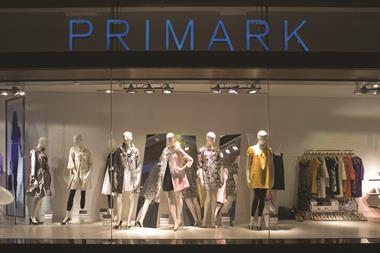
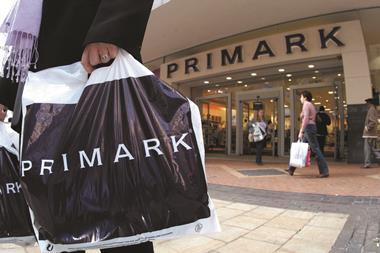
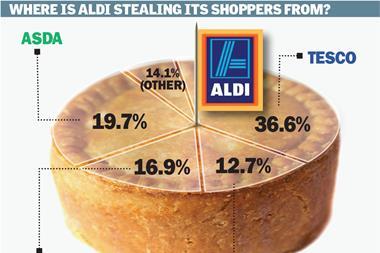
No comments yet